Sauvignon Blanc is a grape that we associate mainly with the aromatic Sancerre and Pouilly-Fumé wines but another well-known French district uses this grape too, namely Bordeaux. These wines were long suffering from a bad reputation that was difficult to shake off. They were regarded as boring and without freshness, often with a little residual sweetness. Today they have come far away from both the reputation and the once upon a time existing truth behind.
New and better technology, more precise work in the vineyard, fermentation in oak barrels and much more means that today you find great white Bordeaux wines in all price ranges. Enthusiasts for these wines, such as Denis Dubourdieu, professor of oenology at the Bordeaux University and André Lurton with his many chateaux in the Graves region have made great efforts to open the world’s eyes to the white Bordeaux wines’ merits.

In Bordeaux some of the grassy and aromatic tones of sauvignon blanc is lost and the wine is softer and rounder. This is partly because there is a different climate and different soil than in e.g. Sancerre and partly also to that sauvignon blanc most often is blended with the Sémillon grape that has a richer character. And finally du to that the wines are also sometimes oak aged.
Although some white Graves wines today are 100% sauvignon blanc (Château Smith Haut-Lafitte, Chateau Couhins-Lurton for example) it is normal to mix in between 20% and 50% sémillon in the wines.

The sweet Sauternes wines, from a neighbouring district in Bordeaux, are however dominated by Sémillon but always with a bit of sauvignon blanc. Both grape varieties can be attacked by for the Sauternes wines so important noble rot (but sémillon to a slightly larger extent). This is what concentrates the sugar content of the grapes. In California it happens, however, that they make noble rot sweet wines from only sauvignon blanc.
One does not associate sauvignon blanc with oak barrels in the same way as chardonnay. But high quality white Bordeaux wines are often aged in oak barrels, as sometimes sauvignon blanc wines from the New World. A short time in oak barrels (about 3 months) gives a pleasant roundness to the wine and grinds away some of its greenish character. A longer time (more than 6 months) removes much of the varietal character and gives the wine a completely different style.
Top quality from Graves
The best white Bordeaux wines some from the Graves district, just south of the city of Bordeaux. Here most chateaux make both red and white wines. Since 1987 the northern part of Graves, called Pessac-Léognan, has its own appellation contrôlée, which was made possible after a long campaign led primarily by André Lurton.

Here we find the great white wines from the chateaux such as Domaine de Chevalier, Chateau Fieuzal, Château Smith Haut-Lafitte, Château Couhins-Lurton, Chateau Laville Haut Brion and Château La Louvière.
In the Graves / Pessac-Léognan appellation it is worthwhile to look for wines from some not quite as famous estates, like for example Chateau Chantegrive, Chateau Rahoul, Chateau Carbonnieux, Château Le Bonnat, Chateau Respide Médeville, Chateau de France, and Chateau d’Ardennes.
The top wines of Pessac-Léognan command high prices, but remember that even here there are “second wines”. The first three of the famous names above are chateau with second wines, Esprit du Chevalier Blanc, Les Hauts de Smith Blanc and L’Abeille de Fieuzal Blanc which offer great value for money.
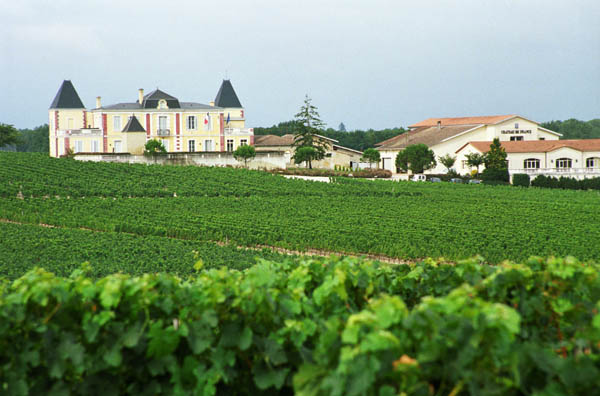
You can also leave Graves and look for white wines in the other Bordeaux appellations which make white wines: Bordeaux Blanc (Sec), Côtes de Bordeaux Blanc and the Entre-deux-Mers.
Some suggestions are Château Bonnet (AC Bordeaux, one of André Lurton’s many chateaux, where he also lives), Chateau Thieuley (AC Bordeaux), Château de Haux (AC Cotes de Bordeaux), Château de Seguin (AC Bordeaux Supérieur), Château La France AC (Bordeaux Supérieur) and Chateau Reynon (AC Bordeaux).

Clos Floridène, in the Graves, another property of Denis Dubourdieu, is one of the most affordable in the entire Graves (including Pessac-Léognan), full-bodied but without excessive oak barrel chatracter. Château Doisy-Daëne also belongs to Dubourdieu. This Sauternes chateau makes one of my favorite dry white Bordeaux.
One more suggestion is Chateau Cabannieux, Graves: Very nice, a little floral wine with subtle oak ageing.
But there are many other excellent white Bordeaux wines to choose from.
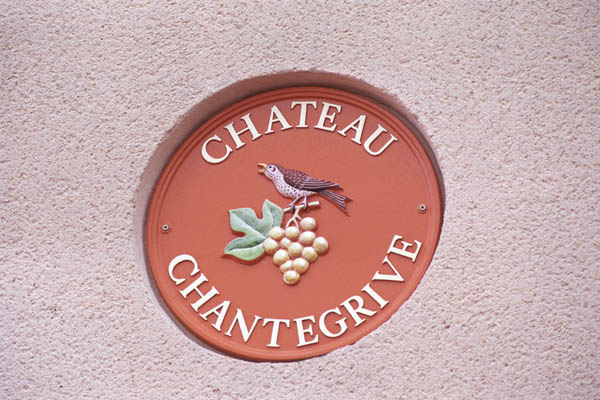
Entre-deux-Mers, white summer wine
It is not between two seas but rather between the two great rivers – the Garonne and the Dordogne. This Bordeaux district is best known for its straight forward, white wines, but in fact they do much more red wine than white. The red wine is not entitled to the appellation Entre-deux-Mers, but only appellation Bordeaux, Bordeaux Supérieur, or Côtes de Bordeaux.
In fact, even if the appellation Entre-deux-Mers covers a very large geographic area the Entre-deux-Mers wines are produced exclusively on just over 3,000 hectares. All the land here is not suitable for viticulture; the vines lie side to side with grazing cows, fields of grain and vegetables.
The yields may sometime seem high, 70 hectolitres per hectare (50% higher than what is allowed in Graves), but it should be remembered that white wines generally have higher yields than reds (though within limits). For a long time the quality of these wines were rather mediocre. But that is history. Today the overall quality level is good. There are also many bargains to be had here. Prices are still low, but many wines are now fresh, pleasant albeit perhaps unpretentious compared to more lofty neighbours.
[box type=”info” style=”rounded” border=”full”]One of the very exciting things to discover in Bordeaux is the fantastic range of wines and chateau that exist here. It is not only the small handful of famous chateaux that are sold like international brands. Join BKWine on a wine tour to Bordeaux and you will experience both the grand chateau and the small family wine producers.
Travel to the world’s wine regions with the experts on wine and the specialist on wine tours.
Wine tours with BKWine; unique wine tours.
[/box]



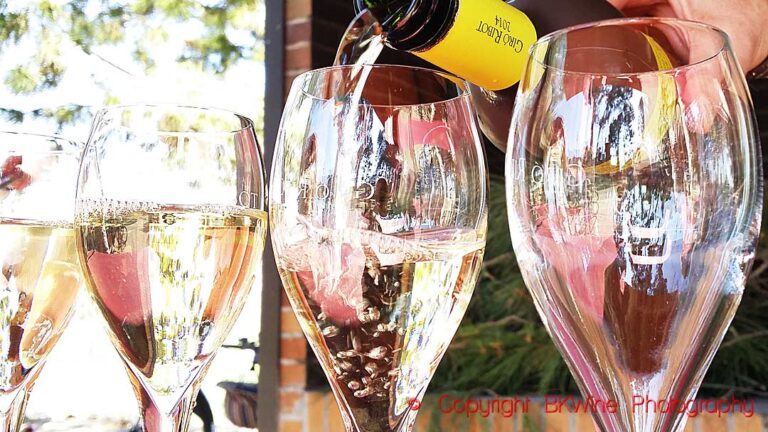
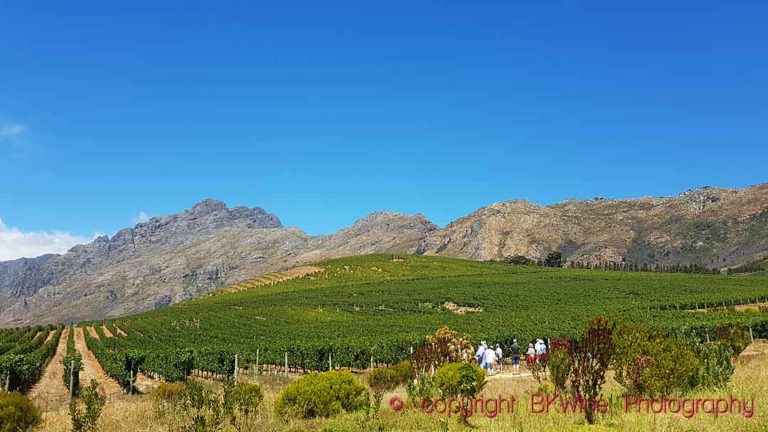
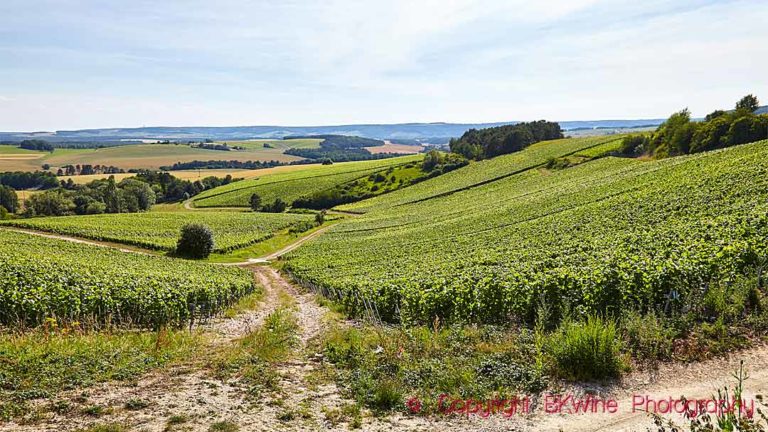




One Response